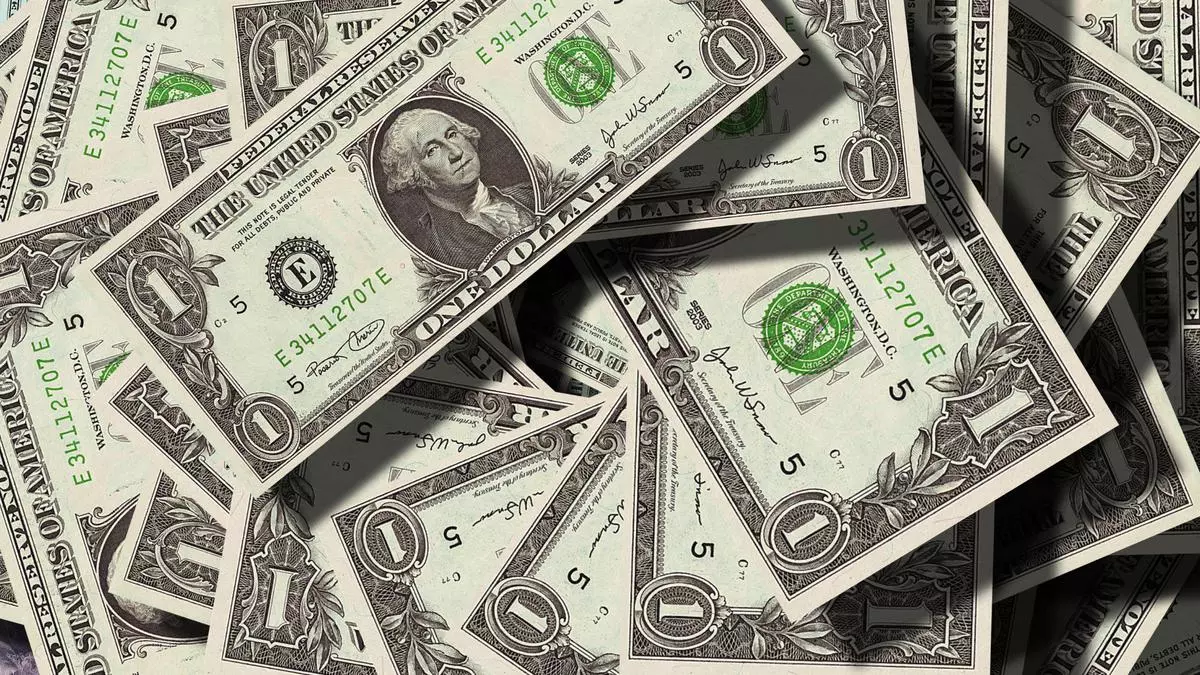Forex reserves + Rupee
The Reserve Bank of India’s move to absorb most of the Dollar (USD) flows in a bid to prevent a sharp appreciation of the Rupee (INR) has led to a record build up in forex reserves, which stood at $642.49 billion as of March 15.
India holds the fourth largest foreign exchange (forex/Fx) reserves in the world. China, Japan and Switzerland are the top three holders of forex reserves.
India’s Fx reserves have surpassed the previous record of $642.45 billion in September 2021.
“We believe India’s growth resilience, along with the forthcoming bond index inclusion (worth about $30 billion of flow and nearly half of India’s annual Current Account balance), will keep the capital account in a surplus.
“We estimate a reasonable BOP (balance of payments) surplus of about $40 billion in FY24 and $20 billion in FY25, which would bode well for FX reserve accretion,” said Tanvee Gupta Jain, Economist; Nihal Kumar, Associate Economist; and Rohit Arora, Strategist; UBS Securities India.
Reflecting the CA balance forecast revisions (estimating India’s CAD/ current account deficit narrowing to less than 1 per cent of GDP in FY24 vs 1.2 per cent forecast earlier; and CAD modestly rising to 1.3 per cent in FY25), UBS has shifted its USD/INR end-FY25 forecast from 84 to 82.
Suman Chowdhury, Chief Economist and Head- Research, Acuité Ratings & Research, said the Indian rupee has moved within a narrow trading band of 81.6-83.5 in FY24 so far.
This marks the tightest trading band for the currency in 29 years, something that is also reflected in its current levels of extremely subdued volatility.
“While a mild strength in the INR was visible over the last one month, a rise in volatility driven by the demand for dollars during the fiscal year end and the pressure on the Chinese yuan may lead to a weakness in the INR towards the end of March.
“We continue to expect INR to post a moderate weakness towards 84.5-85.0 levels by March 2025 (given the delay and the relatively moderate rate cuts in the developed nations along with RBI’s active management of the currency to keep it reasonably anchored to the real effective exchange rate),” Chowdhury said.
